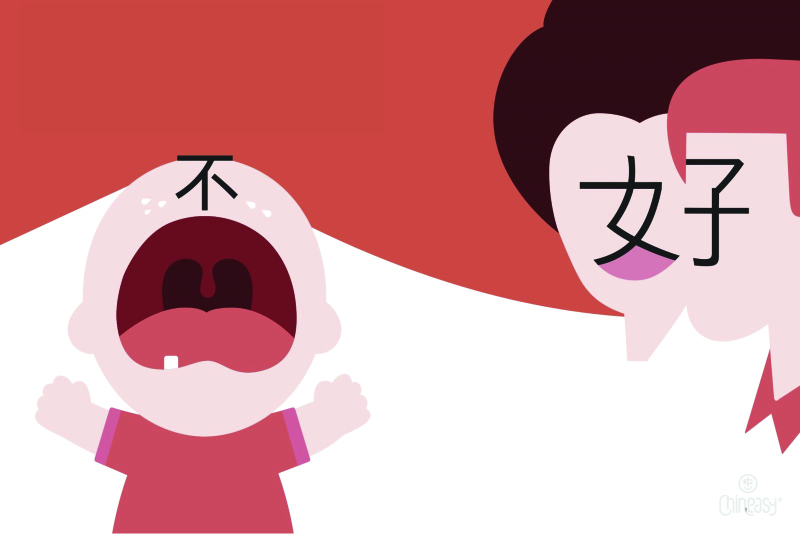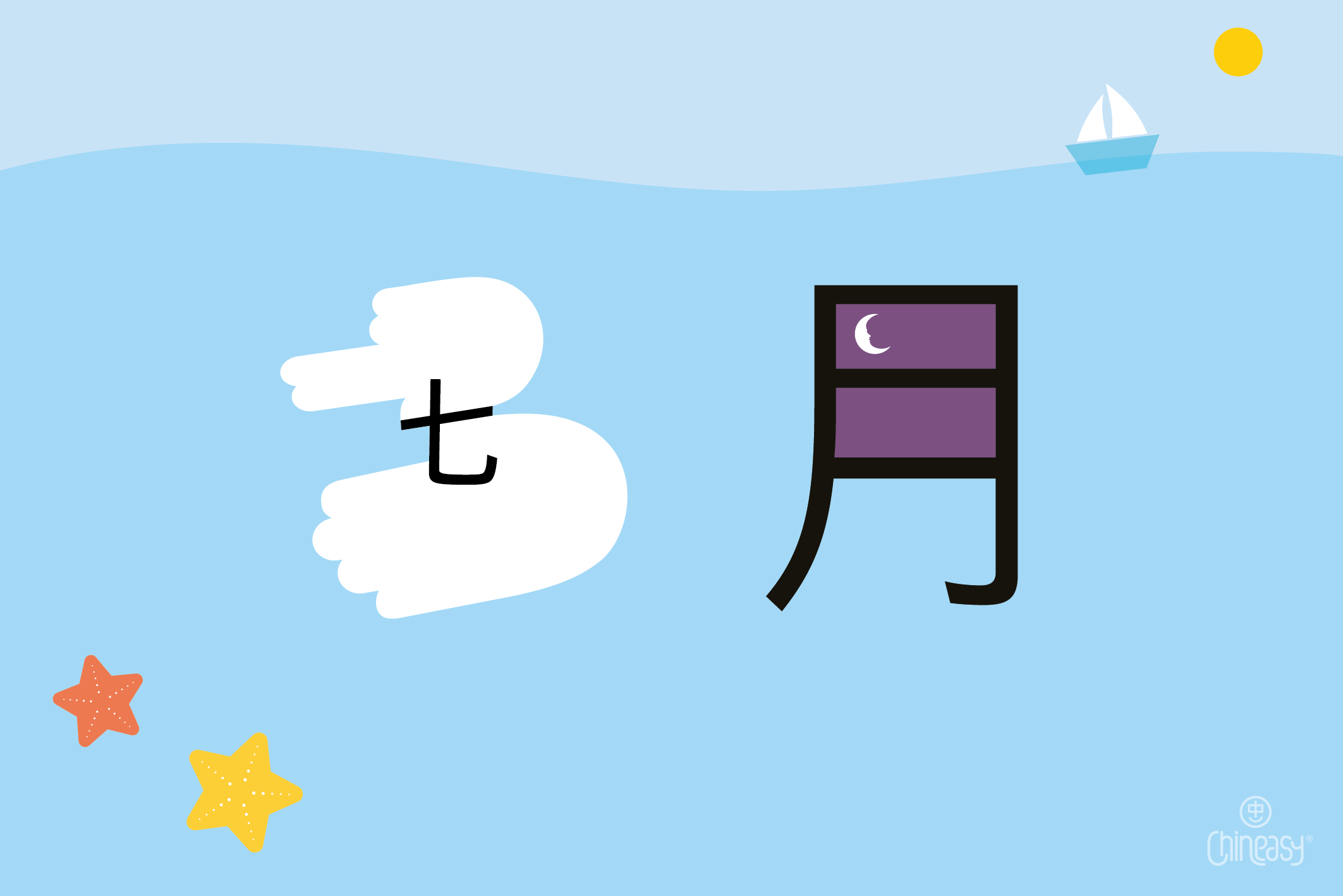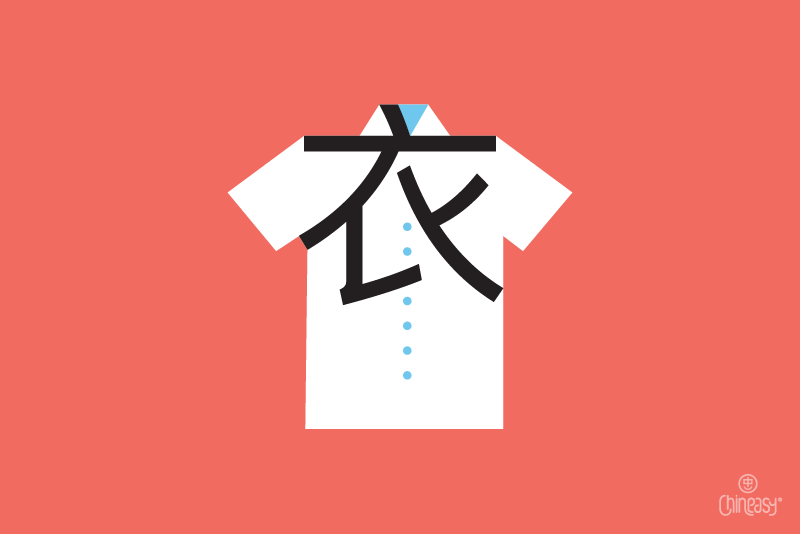Do you love dancing? Or have you always wanted to be a dancer since you were little?
Dancing is a special way to share stories and feelings without words. It brings people together, no matter where they’re from.
People dance for many reasons: to show their feelings, have fun with friends, feel happy, relax, or clear their minds.
In this post, we’ll teach you 10 dance-related Chinese words. You’ll learn to talk about dance with your Chinese friends or dance partners. Join us in celebrating the beauty of dance and the power of language combined!
Dance 舞
Let’s begin with the Chinese word for “dance” (noun), which is 舞 (wǔ).
To pronounce it, say “woo” with the lowest pitch of your voice, reflecting the Chinese third tone‘s unique character.
Originally, the character 舞 depicts a dancer holding two dangling animal skins, symbolizing the art of dance through its form and steps.
There’s also the term 舞蹈 (wǔdǎo) for “dance.” Now, you might wonder, what’s the difference between the single-syllable 舞 and the two-syllable 舞蹈?
Here’s a simple guide: use 舞, the one-syllable word, when talking about a specific type of dance, like Latin dance or ballet dance.
However, when referring to dance in a more general or broad sense, the two-syllable word 舞蹈 is more common.
To Dance 跳舞
Next, we have “to dance,” which translates to 跳舞 (tiào wǔ). The first character, 跳, means “to jump,” and 舞, as you just learned, means “dance.”
Combined, 跳舞 describes an active kind of dancing!
Here’s a simple and common sentence using 跳舞:
English: I like to dance.
Traditional Chinese: 我喜歡跳舞。
Simplified Chinese: 我喜欢跳舞。
Pinyin: wǒ xǐhuān tiàowǔ
Literally: I + to like + to dance
Latin Dance 拉丁舞
Moving on, let’s explore some popular types of dance, starting with Latin Dance, known in Mandarin as 拉丁舞 (lādīng wǔ).
拉丁 (lādīng) is the phonetic translation of “Latin,” reflecting its cultural roots, while 舞 (wǔ) means “dance.” Together, 拉丁舞 translates to “Latin dance.”
拉丁舞 is celebrated for its energy and emotion. Originating from Latin America, it blends various dance styles into a dynamic and captivating art form.
These dances are renowned for their fun, fast-paced, and sensual nature, making them a favorite among dancers and audiences.
Cha-cha Dance 恰恰舞
Continuing our exploration of Latin dance, let’s look at one of its vibrant forms: the cha-cha. In Chinese, this dance is called 恰恰舞 (qiàqià wǔ).
The term 恰恰 (qiàqià) phonetically mirrors the sound “cha-cha,” perfectly capturing the dance’s rhythmic and playful essence. The word 舞 (wǔ) means “dance,” so together, 恰恰舞 is the Chinese expression for “cha-cha dance.”
The cha-cha originated in Cuba in the late 1940s and quickly became a worldwide sensation. It’s distinguished by its catchy rhythm, featuring a quick three-step shuffle in sync with the lively music tempo.
Today, 恰恰舞 is celebrated globally in dance competitions, renowned for its dynamic steps and the joyful, spirited atmosphere on the dance floor.
Tango Dance 探戈舞
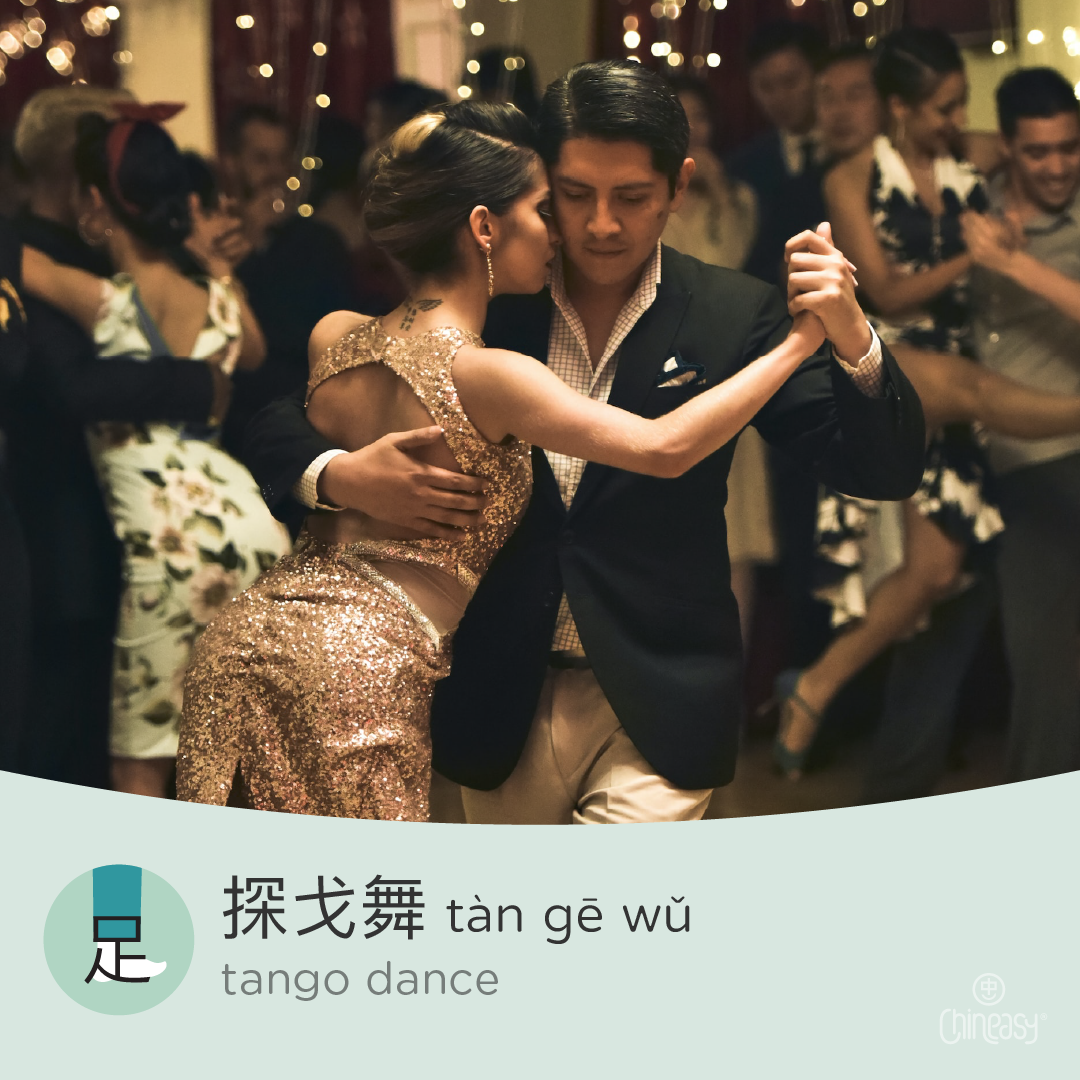
Continuing our exploration of Latin dance, we come to the Tango, which is called 探戈舞 (tàngē wǔ) in Chinese.
The term 探戈 (tàngē) is the phonetic adaptation of “Tango,” while 舞 (wǔ) means “dance.”
Originating in the late 19th century along the Rio de la Plata, the natural border between Argentina and Uruguay, the Tango is a dance rich in passion. It’s known for its dramatic movements and the close embrace of its partners.
More than just a dance, the Tango is a language of romance and intensity, conveying stories through its powerful and expressive steps.
Ballet (Dance) 芭蕾舞
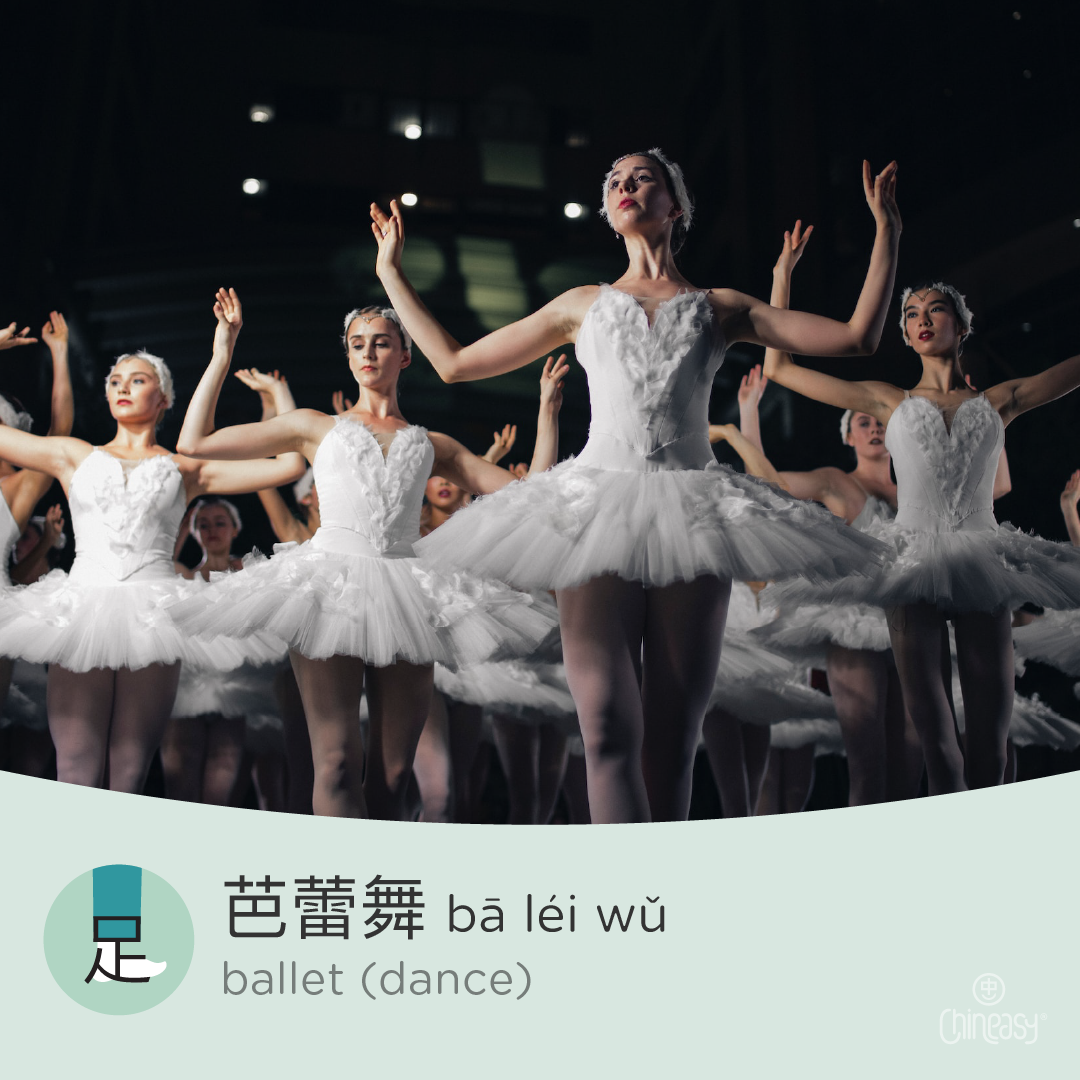
Now, let’s gracefully move away from the vibrant rhythms of Latin dance to explore the elegant world of theatrical dance. We’re entering the realm of Ballet, known in Mandarin as 芭蕾舞 (bāléi wǔ).
The term 芭蕾 (bāléi) phonetically borrows from the French word for “Ballet,” and it’s interesting to note the silent “t” in the French pronunciation.
芭蕾舞 is renowned for its highly formalized steps and graceful movements, a true embodiment of poise and precision.
Beyond its meticulous technique, ballet is also known for its elaborate costumes and theatrical elements, providing a feast for the audience’s eyes.
Some of the most famous ballet performances include “Swan Lake” (天鵝湖/天鹅湖, tiān’é hú) and “The Nutcracker” (胡桃夾子, hútáo jiázi). These performances are celebrated worldwide for their captivating storytelling and exquisite choreography, embodying ballet’s timeless beauty and artistic depth.
Square Dancing (China) 廣場舞/广场舞
Stepping into a different dance genre, we come to “Square Dancing,” as known as 廣場舞/广场舞 (guǎngchǎng wǔ) in China.
廣場/广场 (guǎngchǎng) means “square,” referring to public squares or open spaces commonly found in urban areas.
Here, 廣場舞/广场舞 is not just a dance but a vibrant community event. This group dance, often performed in these public squares or parks, is a favorite morning or evening activity. It’s known for its easy-to-learn steps and the sense of camaraderie it fosters among participants.
People of all ages come together to dance to a mix of music, from traditional Chinese melodies to modern pop songs, creating a lively and inclusive atmosphere.
If you ever find yourself in a Chinese city, joining in a square dance can be a delightful and fun way to immerse yourself in the local culture. It’s an experience that embodies the communal spirit and joy of dance.
Dancer 舞者
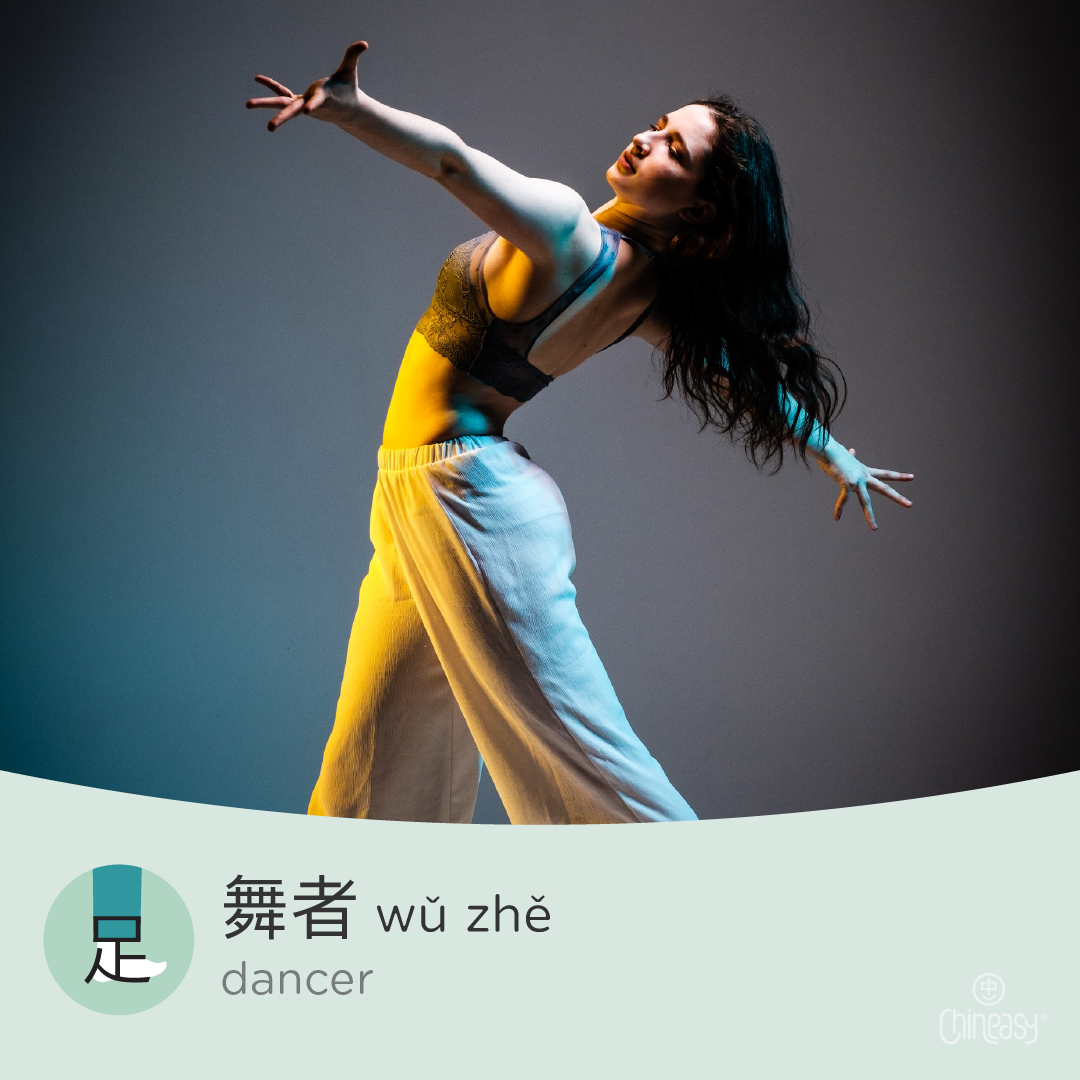
Now, let’s focus on the term for “dancer,” which in Chinese is 舞者 (wǔ zhě).
By now, you’re familiar with 舞 (wǔ), meaning “dance.” The suffix 者 (zhě) is used to indicate a person who engages in a specific activity. So, 舞者 (wǔ zhě) literally translates to “one who dances” or simply, “dancer.”
Another term for “dancer” in Chinese is 舞蹈家 (wǔdǎo jiā). This term is more commonly used to refer to professional dancers who pursue dancing as their career.
To express “I am a dancer” in Chinese, you would say “我是舞者” (wǒ shì wǔzhě), which directly translates to “I am dancer.”
What if you specialize in a specific type of dance? It’s easy to specify in Chinese. Just add the name of the dance type before 舞者 (dancer). For example:
English: I’m a Latin dancer.
Chinese: 我是拉丁舞者.
Pinyin: wǒ shì lādīng wǔzhě.
English: I’m a Ballet dancer.
Chinese: 我是芭蕾舞者.
Pinyin: wǒ shì bāléi wǔzhě.
Dance partner 舞伴
Dancing can be a solo or a shared activity. When you dance with someone, that person is your “dance partner,” known in Chinese as 舞伴 (wǔ bàn). The word 伴 (bàn) means “partner,” indicating a companion in dance.
Having a dance partner is special. It’s about harmonious communication and sharing the rhythm and expression of the dance. The partnership is key to creating fluid and dynamic movements in dances like ballroom or salsa.
This connection extends beyond the dance floor, symbolizing mutual respect and the joy of dancing together.
Dance party 舞會/舞会
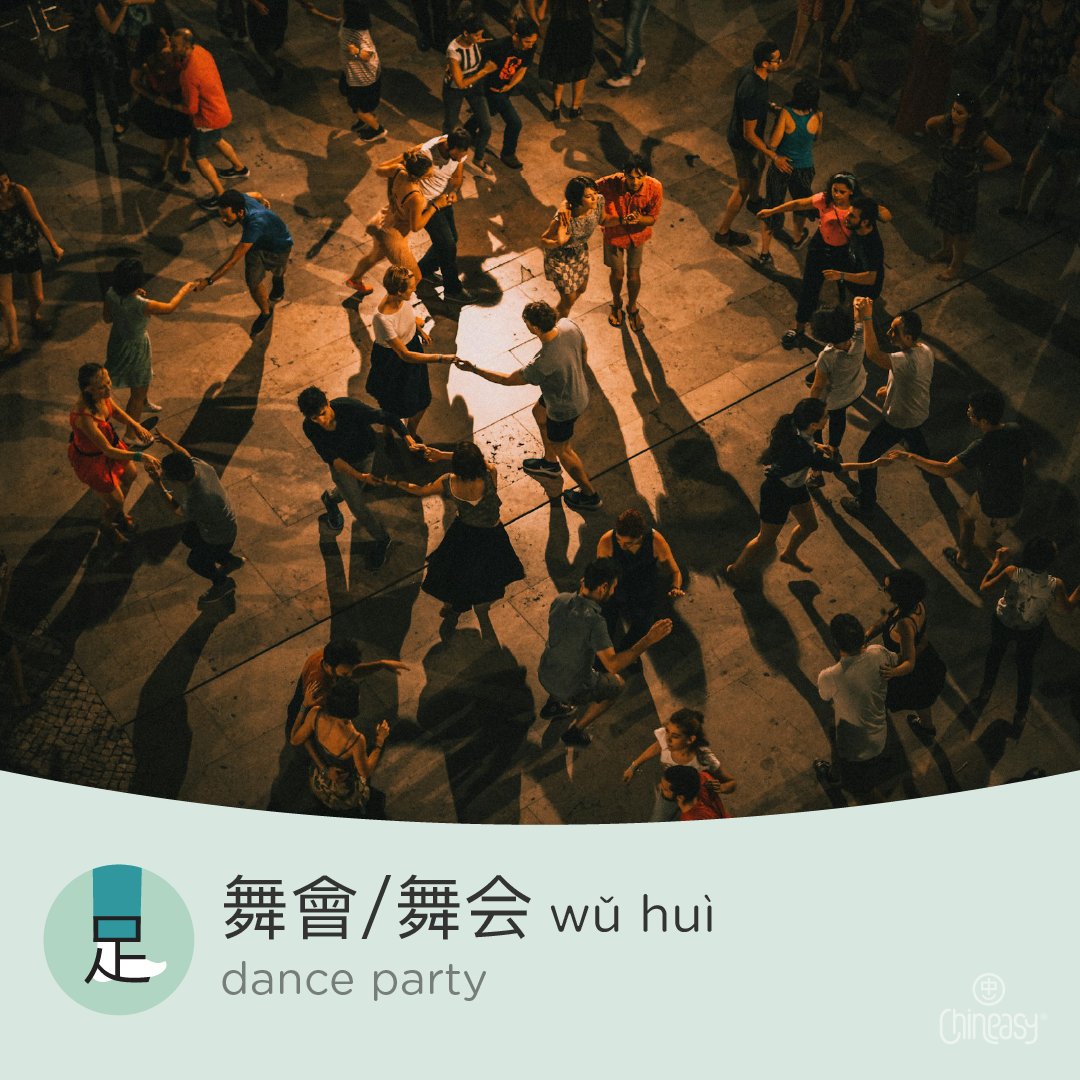
A dance party, where people come together to enjoy dancing, is known in Chinese as 舞會/舞会 (wǔ huì). In this context, 會/会 (huì) means “a gathering” or “an assembly,” perfectly reflecting these events’ social and communal nature.
A familiar example of a dance party is the promenade, commonly known as prom, which in Chinese is 畢業舞會/毕业舞会 (bìyè wǔhuì). This term translates to “graduation dance party,” highlighting its role as a significant celebration at the end of a school year, especially in high school or college.
More than just occasions for socializing, dance parties like 舞會/舞会 and 畢業舞會/毕业舞会 are cultural experiences. They unite people in the shared joy of dance, creating lasting memories and a sense of community.
And there you have it – 10 essential Chinese dance words that are frequently used in everyday conversations. Are you feeling inspired to put on some dance music, let your body groove, and perhaps even swing along with a dance partner?
Remember, practice makes progress. Combining the art of dance with the beauty of language is not just fun; it’s a fantastic way to immerse yourself in a rich cultural experience. So, keep dancing and learning, and enjoy the wonderful journey where language and rhythm meet!
